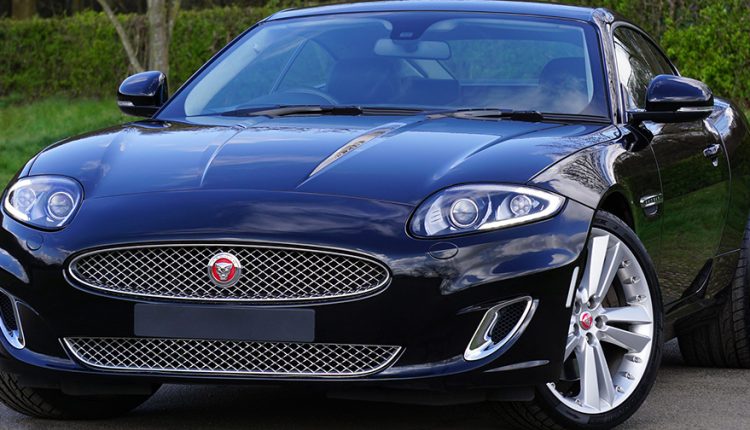Winner of a historic treble at the 2019 World Car Awards, with the titles of World Car of the Year, World Car Design of the Year, and World Green Car, the Jaguar I-PACE is a significant new entrant to the international performance EV market. In its latest benchmarking exercise, Ricardo engineers have carried out a detailed analysis to provide a deep and objective insight into the under-the-skin engineering of the I-PACE.
Competitor product evaluation is an important part of any modern, globally focused product development organization, but it can be a costly process. For over ten years, Ricardo’s EconoMark benchmarking has enabled customers to obtain an independent, impartial and objective evaluation of competitor products. Automakers, as well as component and system providers, may access the results of Ricardo benchmarking at considerably less cost than carrying out the work for themselves.
The model focus of the report launched today is the Jaguar I-PACE all-wheel drive battery electric vehicle (BEV), which is equipped with a 90kWh battery and 294kW motor. The analysis is based on Ricardo’s eEconoMark process, a new service focused on the benchmarking of electrified powertrain vehicles (xEVs, including BEVs, PHEVs and HEVs).
The new eEconoMark reports are offered in three levels: Level 1 analyses the energy flow, usage and losses at a vehicle level, using non-invasive data collection methods; Level 2 collects more data from the vehicle and looks at how the different systems of the vehicle behave, while the operating range is expanded to give a more detailed view of the vehicle; and Level 3 investigates the vehicle at a sub-system level, including the removal and testing of major systems and sub-systems in specialized test facilities.
As a Level 1 report, the IPACE study published today comprises a thoroughgoing analysis of vehicle energy usage and flows. Particular areas examined in the report are the electrical efficiency of major systems, including all aspects of the electric motor and driveline and its associated power electronics. The thermal system and management strategy of the vehicle is investigated, including its impact on electrical consumption and vehicle range.
Powertrain efficiency is mapped across real-world and homologation drive cycles, as well as at steady speed conditions. An evaluation is also provided of overall performance and driveability, as well as of the efficiency of onboard battery charging at three, seven, and 50kW.
“The I-PACE is an impressive entrant to the luxury performance electric vehicle market, and a product that many competitor automakers and component and system suppliers will be keen to learn more about,” commented Cedric Rouaud, Ricardo global technical expert – thermal systems.
“This new report provides unbiased, objective and comprehensive assessment of the energy flows, efficiency and usage within the I-PACE, together with detailed analysis and commentary on the key findings of Ricardo’s benchmarking team. The information that this report contains will be particularly useful to those wishing to understand the underlying engineering of the I-PACE, at a fraction of the investment required for an in-house benchmarking study.”

